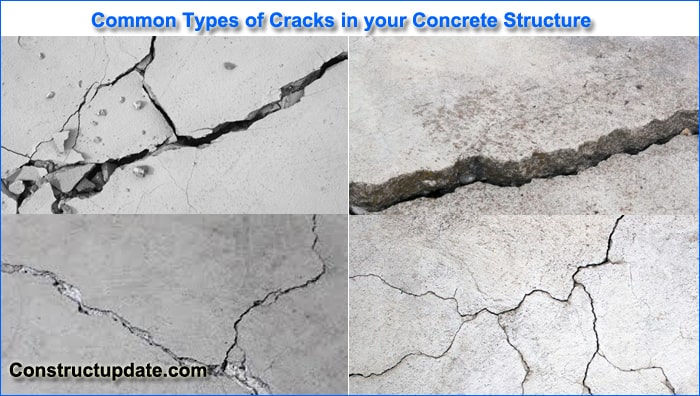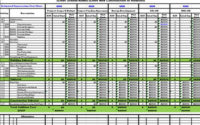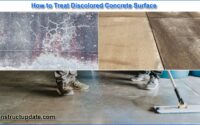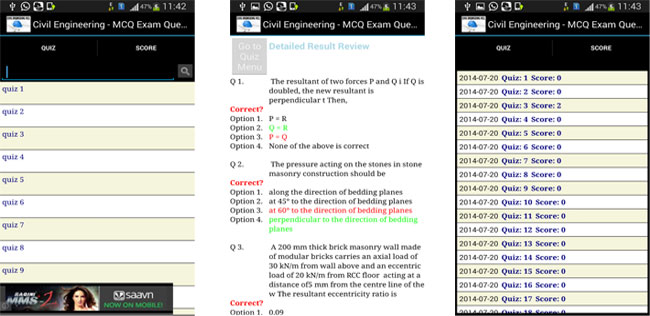What are 6 Common Types of Cracks in Concrete Structure | Common Cracks in Concrete
Your first thought is often that something has been done incorrectly when you notice a fracture in your concrete slab or wall, but that isn’t always the case. In reality, cracks in concrete are fairly common and in some cases even inevitable. Here in this article, we will try to understand the top 6 common types of cracks in the concrete structure and their causes.

(i) Plastic shrinkage cracking in concrete
Concrete contains water when it is still in its plastic condition (before hardening). Large spaces are left in between the solid particles when the water eventually exits the slab. The concrete becomes weaker and more prone to cracking by these voids. Plastic shrinkage cracking is the term used to describe this type of recurrent cracking.
Although plastic shrinkage fractures can appear anywhere in a slab or wall, they almost always do so when there are circular objects in the centre of the slab or at reentrant corners (corners that point into the slab) (pipes, plumbing fixtures, drains, and manholes). Stress will cause the concrete to crack from the point of the corner because concrete cannot shrink around a corner.
Cracks caused by plastic shrinkage are often very small and hardly noticeable. Even though they are essentially undetectable, plastic shrinkage fractures exist across the slab’s whole thickness; they are not limited to the surface.
Concrete shrinkage can be attributed to an excessively wet mix. Even while water is a necessary component of any concrete mix, there can be too much of a good thing. The slab will shrink more than it would if the right amount of water had been added to the mixture. Another significant factor in plastic shrinkage fractures in hot weather.
To stop shrinkage cracking, control joints can be added to the slab. As the concrete slab gets smaller, the joints will become more visible.
(ii) Expansion Joint concrete cracks
Heat makes concrete expand like a balloon. Concrete pushes anything in its path as it expands (a brick wall or adjacent slab for example). When neither can bend, the expanding force may be sufficient to crack concrete when neither can.
Expansion joints are utilised between other static surfaces as a point of separation (or isolation). To relieve the strain that expansion places on concrete and avoid cracking, expansion joints are typically built of a compressible material like asphalt, rubber, or timber.
(iii) Heaving Concrete cracks
The ground can occasionally raise several inches when it freezes before defrosting and settling back down. Concrete cracking is greatly impacted by the ground movement caused by the freezing and thawing cycle. The slab will crack if it cannot move freely with the ground.
The same thing can happen to a slab due to large tree roots. The developing roots of a tree that is too close to a slab of concrete might lift and shatter it. When laying a slab, keep this in mind constantly.
(iv) Settling concrete cracks
On the other side, cracking can also result from the ground settling beneath a concrete slab.
Settling cracks can appear when a hole is made in the earth beneath the concrete surface.
Consider situations where settling cracks can occur, such as when a large tree is cut down nearby and its roots start to rot, or when a utility provider drills a trench for lines, pipes, etc. without compacting the soil when they fill it.
(v) Concrete cracks caused by overloading the slab
Concrete has its limitations despite being a fairly strong building material. Overburdening a concrete slab with weight can result in cracks. When a concrete mix is described as having a strength of 2000, 3000, 4000, or 5000+ PSI, it refers to the pounds per square inch needed to crush that concrete slab.
Overloading of the concrete slab itself is uncommon when it comes to residential slabs. Instead, excessive overload on the ground beneath the slab is more likely to happen.
When the earth below is soft and moist from a strong rain or snowmelt, too much weight on the slab can press the concrete down and cause cracks. This kind of cracking is more common among residential property owners who park big recreational vehicles or dumpsters on their drives.
(vi) Concrete cracks caused by premature drying
Premature drying can result in two typical forms of cracks.
Crazing cracks are tiny surface fissures that resemble broken glass or spider webs. Crazing cracks are likely to form when the top of a concrete slab loses moisture too quickly. Crazing cracks are not a structural hazard, despite being ugly.
Crusting cracks frequently appear during the concrete stamping procedure, which is a means to give concrete surfaces structure or pattern. The top of the concrete surface can become crusty on bright or windy days when the top of the slab dries out more quickly than the bottom. When a stamp is inserted, it generates minor cracks along the outer edges of the “stones” and pulls the surface apart around the stamped joints. Again, crusting cracks are not a structural problem to be worried about even though they don’t look good.
It can be challenging to pinpoint the precise source of a certain crack. A more aesthetically beautiful concrete project can be achieved with the help of good site preparation, a high-quality mix, and good concrete finishing techniques.





